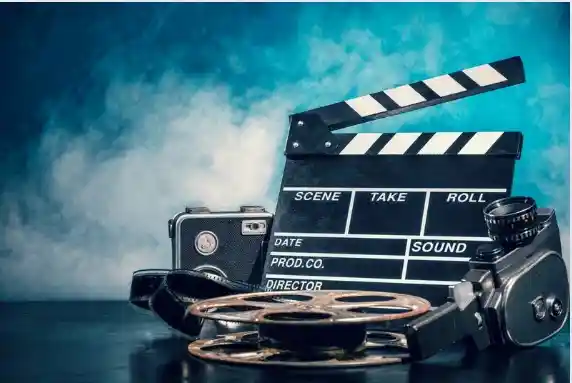Frames and Finances: Exploring the Economics of Shooting a Feature on Super 8mm Film
In an era dominated by digital filmmaking, the choice to shoot a feature film on Super 8mm film stands out as a unique artistic decision. This format, popular for its nostalgic aesthetic, demands a different approach to both budgeting and production. In this blog, we’ll dive into the economics of using Super 8mm, focusing on various stages from initial filming to post-production, including the costs and logistics of converting 8mm film to digital.
The Appeal of Super 8mm
Super 8mm film captures a distinct, grainy look that digital cameras can’t quite replicate. It’s not just a medium; it’s a statement. Filmmakers choose Super 8mm to evoke a sense of nostalgia or to give their work a timeless quality. Despite its vintage charm, using Super 8mm requires careful consideration, especially regarding budget and technical requirements.
Budget Considerations
One of the first budget items to consider when shooting on Super 8mm is the cost of converting 8mm film to digital format. This is an essential step for modern post-production processes, allowing editors and colorists to work with the footage in digital workstations. Additionally, if you’re incorporating older footage, transferring video tape to digital is another cost to account for. These processes ensure that all your footage, old and new, is compatible with contemporary editing tools.
Camera Equipment
When shooting on Super 8mm, the camera itself is a crucial choice. Vintage Super 8 cameras are often used, and while they can be economical to rent or purchase, they might need maintenance or repairs. Modern Super 8 cameras offer more reliability but at a higher cost. This initial investment must be factored into the overall budget.
Film Stock Choices
The type of film stock you choose can significantly impact your project’s look and cost. Different stocks have different sensitivities to light and color renditions. Prices vary widely, so selecting the right film stock is a balance between desired aesthetic and budget constraints.
Processing and Scanning
After shooting, the film must be processed and scanned. Processing develops the exposed film, while scanning converts it into a digital format. Both steps are crucial and can be costly, depending on the provider and the level of quality you aim for.
Post-Production
Post-production for Super 8mm film involves more than just editing; it requires special attention to color grading and potential cleanup of film artifacts. The nostalgic quality of Super 8mm might necessitate additional effects or adjustments to achieve the desired final look. When editing videos, filmmakers must also consider the unique characteristics of Super 8mm film to maintain its authentic aesthetic.
Comparing Costs
When compared to digital filmmaking, Super 8mm can be less cost-effective due to the physical media involved. Digital cameras require minimal additional spending post-shoot, whereas film needs processing and scanning. However, the unique aesthetic of Super 8mm may justify the extra expense for some projects.
To Wrap Up
Shooting on Super 8mm film is a distinctive choice that affects every aspect of production, from initial budgeting to final post-production. Understanding the costs associated with converting 8mm film to digital and transferring video tape to digital is vital for filmmakers considering this medium.
While more expensive than digital, the artistic benefits of Super 8mm film offer a compelling reason for its use, making it a worthy investment for the right project. As with any creative endeavor, thorough planning and budgeting are key to successfully capturing that sought-after vintage vibe without breaking the bank.






